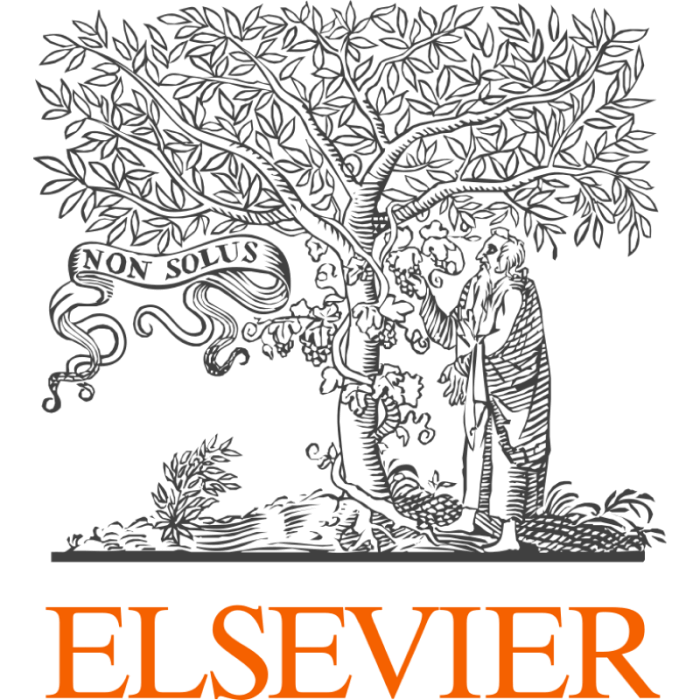Open Access


Energy and AI, volume 15, pages 100329
Reconstructing hourly residential electrical load profiles for Renewable Energy Communities using non-intrusive machine learning techniques
Lorenzo Giannuzzo
1, 2
,
Francesco Demetrio Minuto
1, 2
,
Daniele Salvatore Schiera
1, 2
,
Andrea Lanzini
1, 2
1
Department of Energy (DENERG), Polytechnic of Turin, Corso Duca degli Abruzzi 24, 10129 Turin, Italy
|
2
Energy Center Lab, Polytechinc of Turin, via Paolo Borsellino 38/16, 10152 Turin, Italy
|
Publication type: Journal Article
Publication date: 2024-01-01
Journal:
Energy and AI
scimago Q1
wos Q1
SJR: 2.160
CiteScore: 16.5
Impact factor: 9.6
ISSN: 26665468
General Energy
Artificial Intelligence
Engineering (miscellaneous)
Abstract
The successful implementation of Renewable Energy Communities (RECs) involves maximizing the self-consumption within a community, particularly in regulatory contexts in which shared energy is incentivized. In many countries, the absence of a metering infrastructure that provides data at an hourly or sub-hourly resolution level for low-voltage users (e.g., residential and commercial users) makes the design of a new energy community a challenging task. This study proposes a non-intrusive machine learning methodology that can be used to generate residential electrical consumption profiles at an hourly resolution level using only monthly consumption data (i.e., billed energy), with the aim of estimating the energy shared by RECs. The proposed methodology involves three phases: first, identifying the typical load patterns of residential users through k-Means clustering, then implementing a Random Forest algorithm, based on monthly energy bills, to identify typical load patterns and, finally, reconstructing the hourly electrical load profile through a data-driven rescaling procedure. The effectiveness of the proposed methodology has been evaluated through an REC case study composed by 37 residential users powered by a 70 kWp photovoltaic plant. The Normalized Mean Absolute Error (NMAE) and the Normalized Root Mean Squared Error (NRMSE) were evaluated over an entire year and whenever the energy was shared within the REC. The Relative Absolute Error was also measured when estimating the shared energy at both a monthly (MRAE) and at an annual basis. (RAE). A comparison between the REC load profile reconstructed using the proposed methodology and the real load profile yielded an overall NMAE of 20.04%, an NRMSE of 26.17%, and errors of 18.34% and 23.87% during shared energy timeframes, respectively. Furthermore, our model delivered relative absolute errors for the estimation of the shared energy at a monthly and annual scale of 8.31% and 0.12%, respectively.
Nothing found, try to update filter.
Lazzeroni P., Lorenti G., Repetto M.
Zapata Castillo V., De Boer H., Maícas Muñoz R., Gernaat D.E., Benders R., van Vuuren D.
Are you a researcher?
Create a profile to get free access to personal recommendations for colleagues and new articles.








